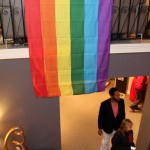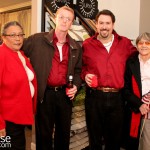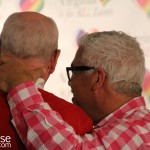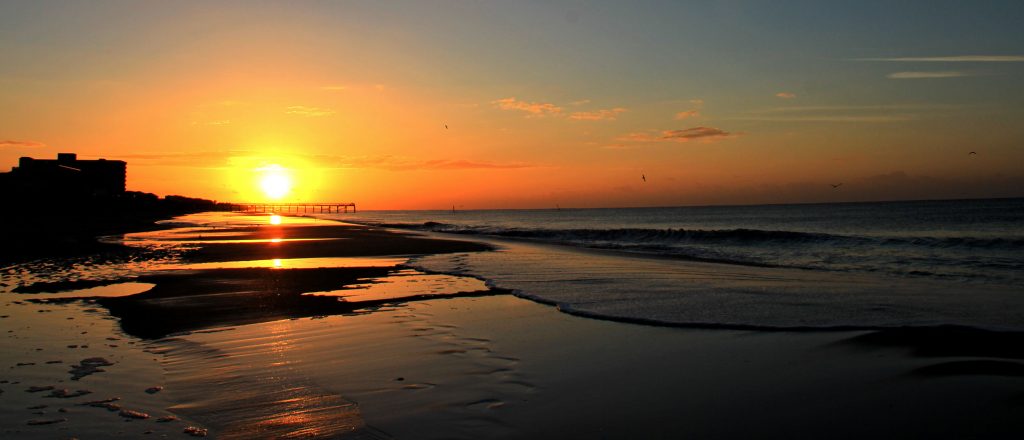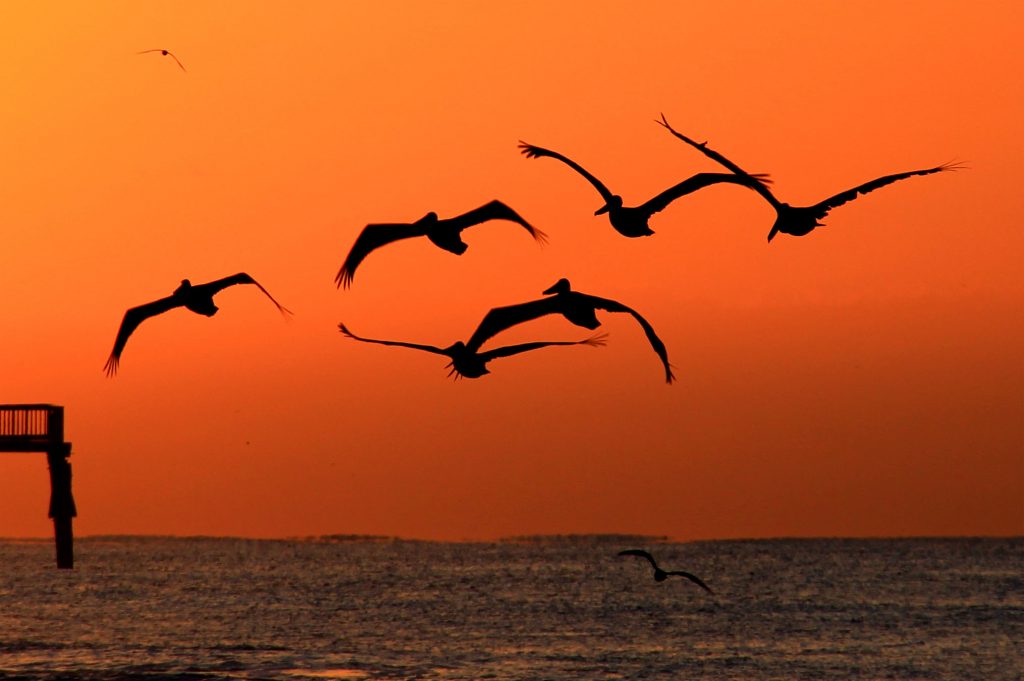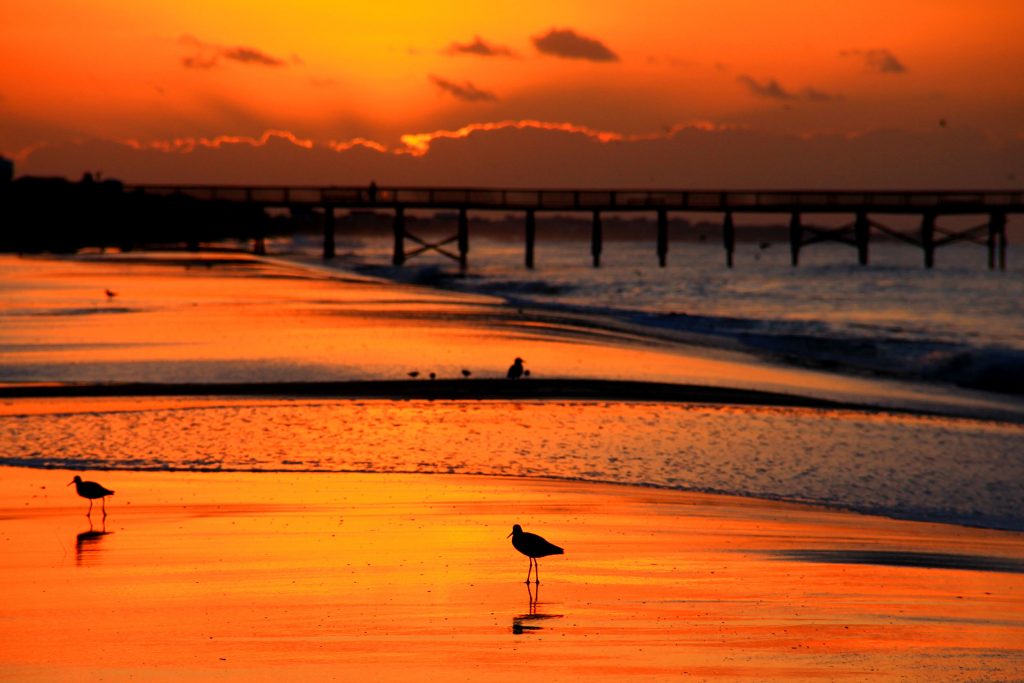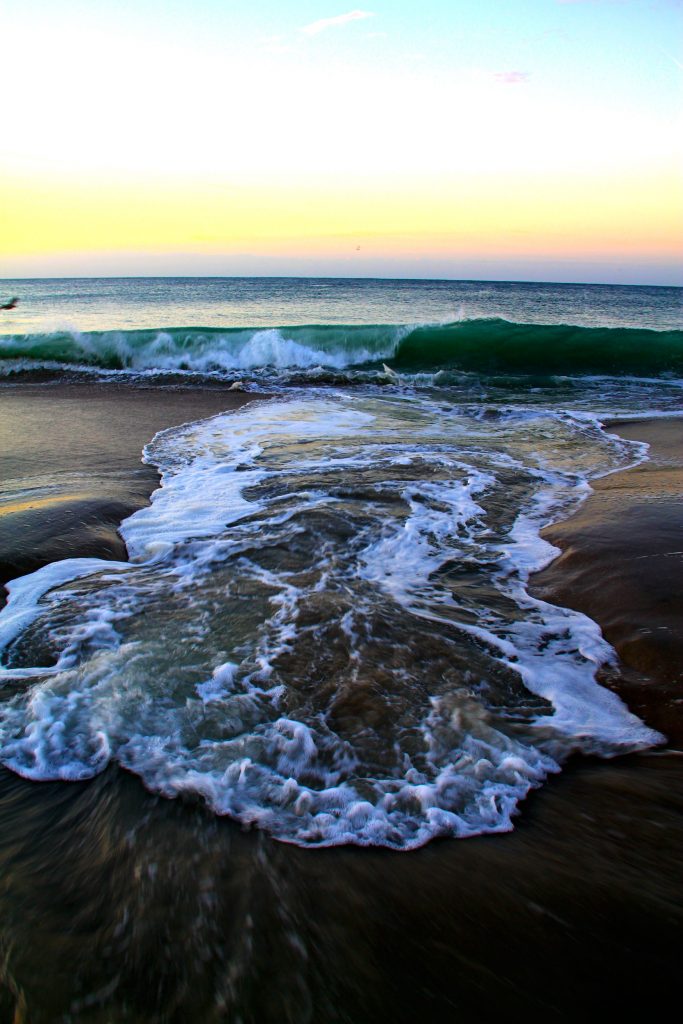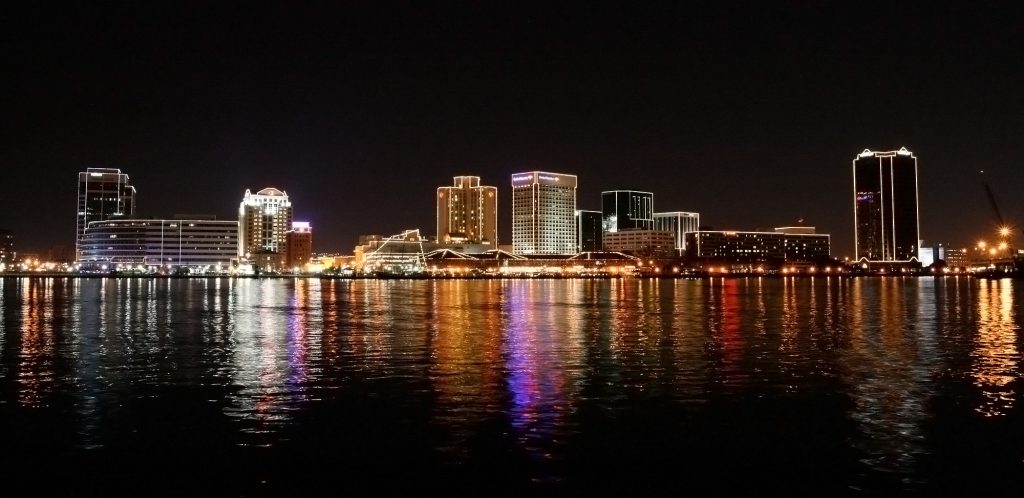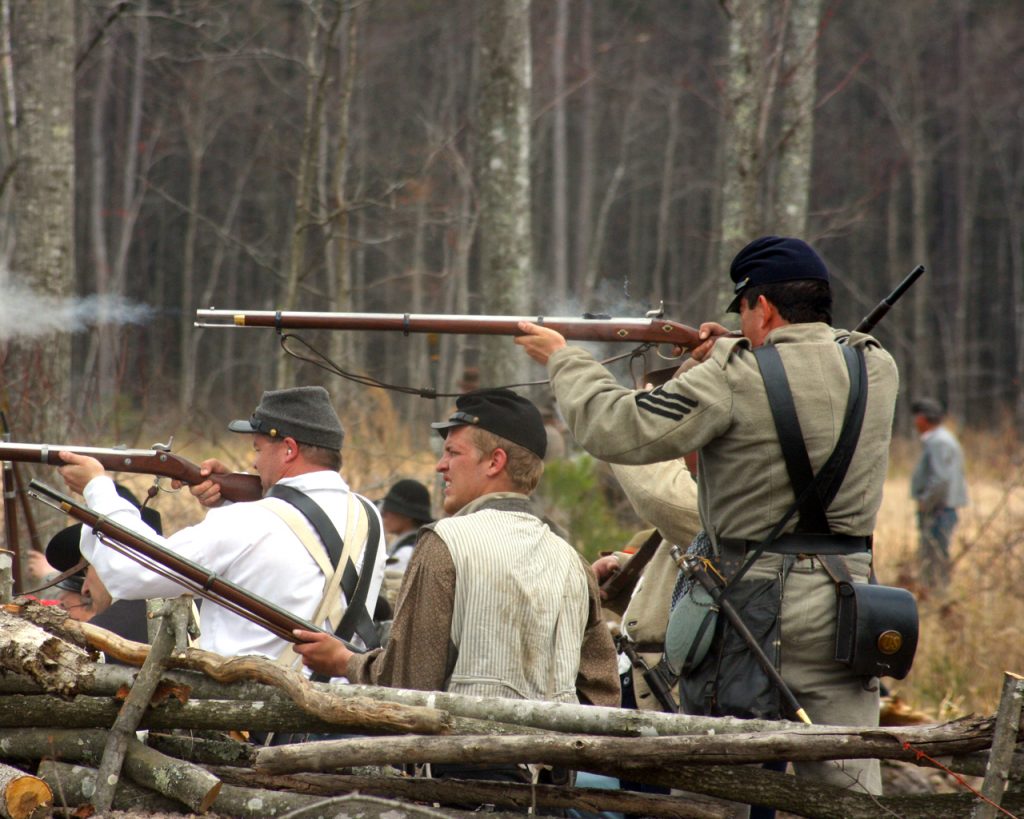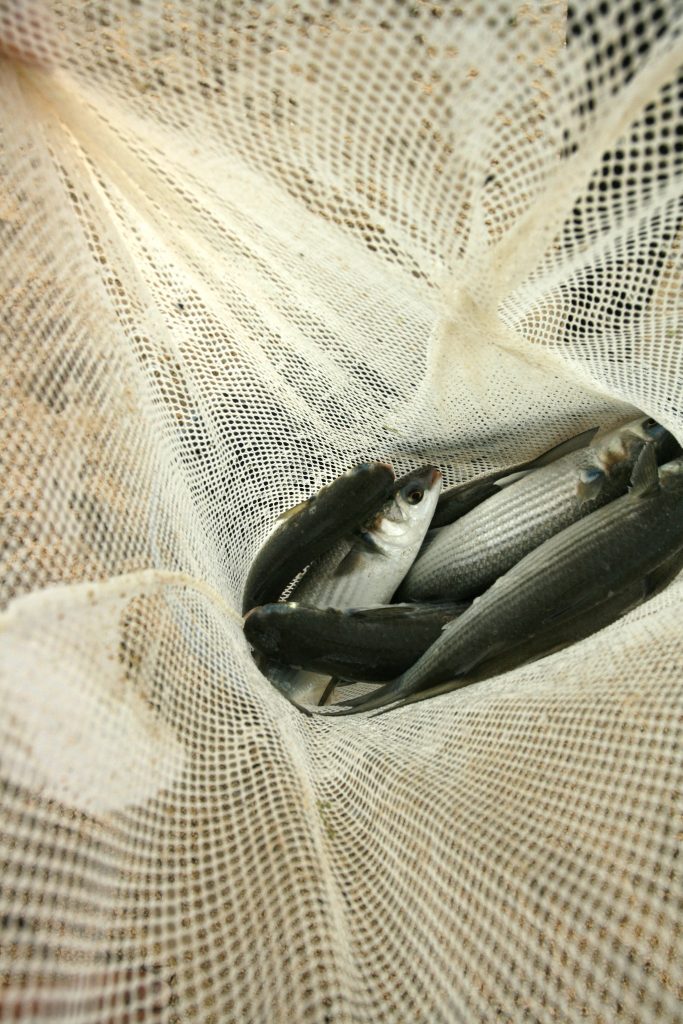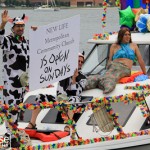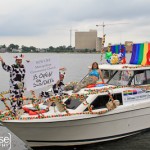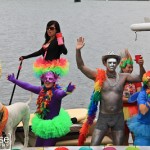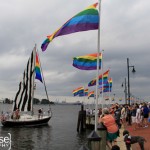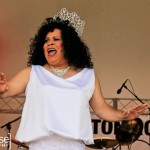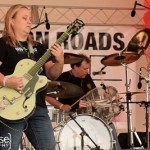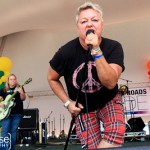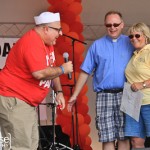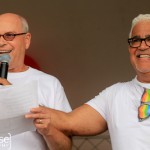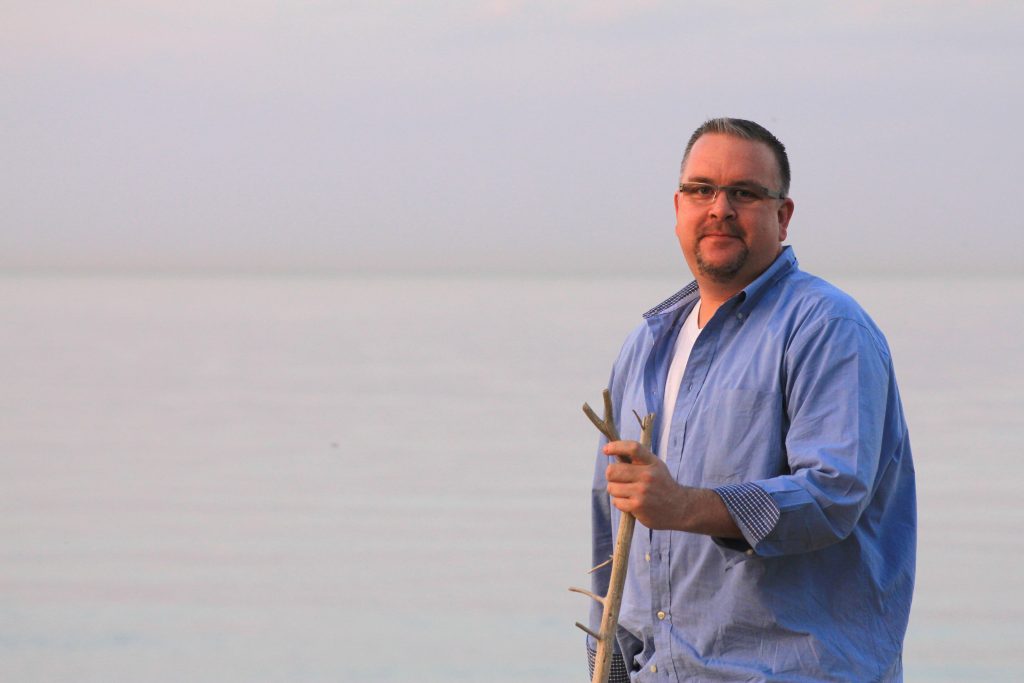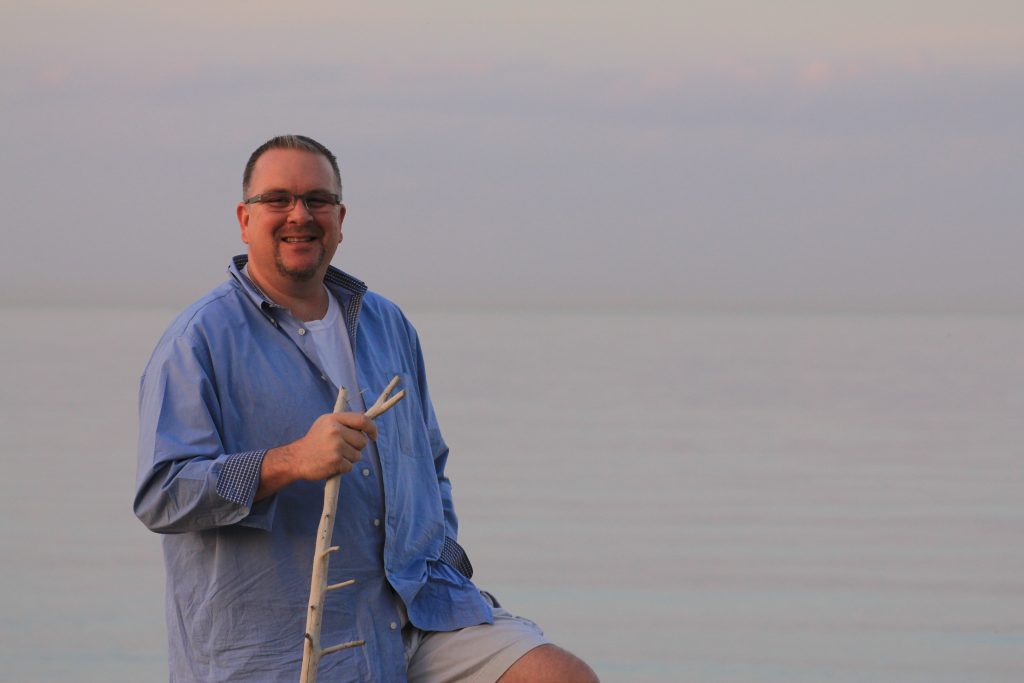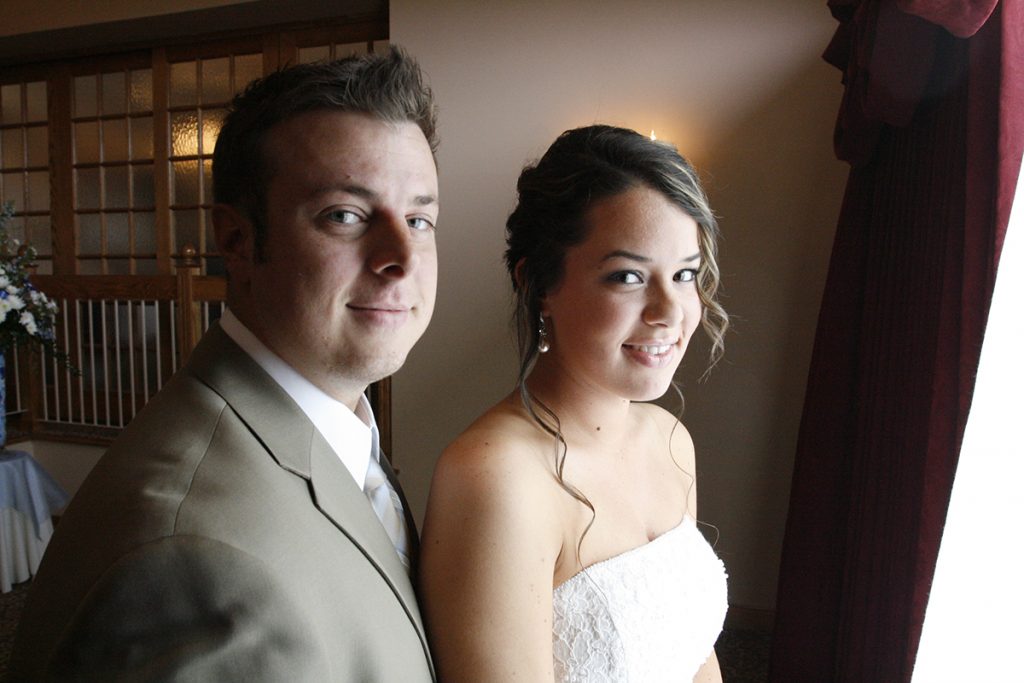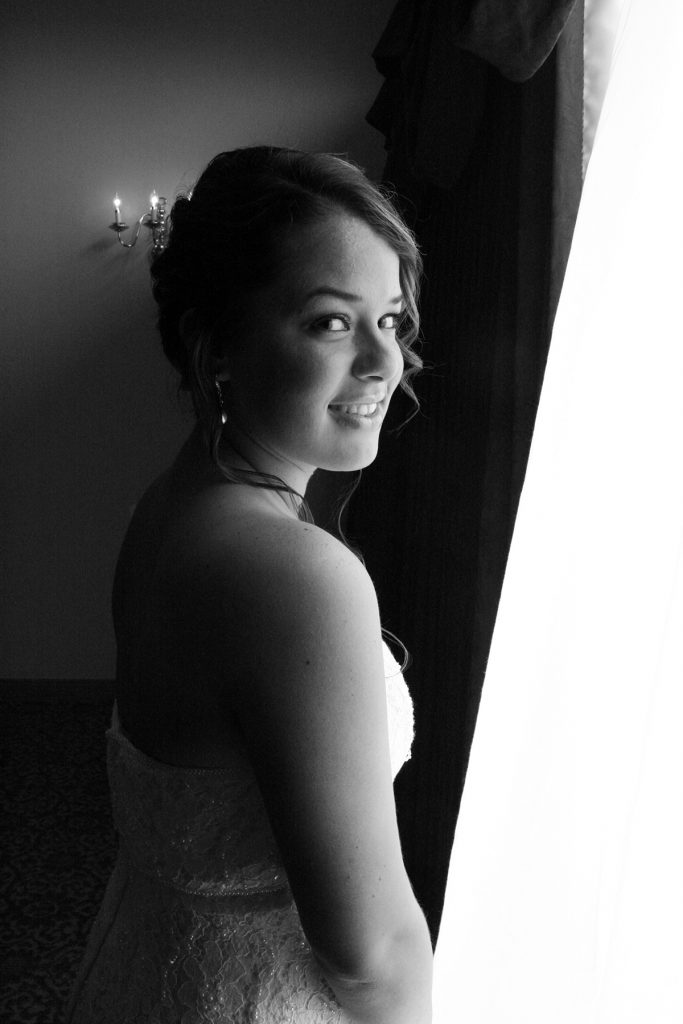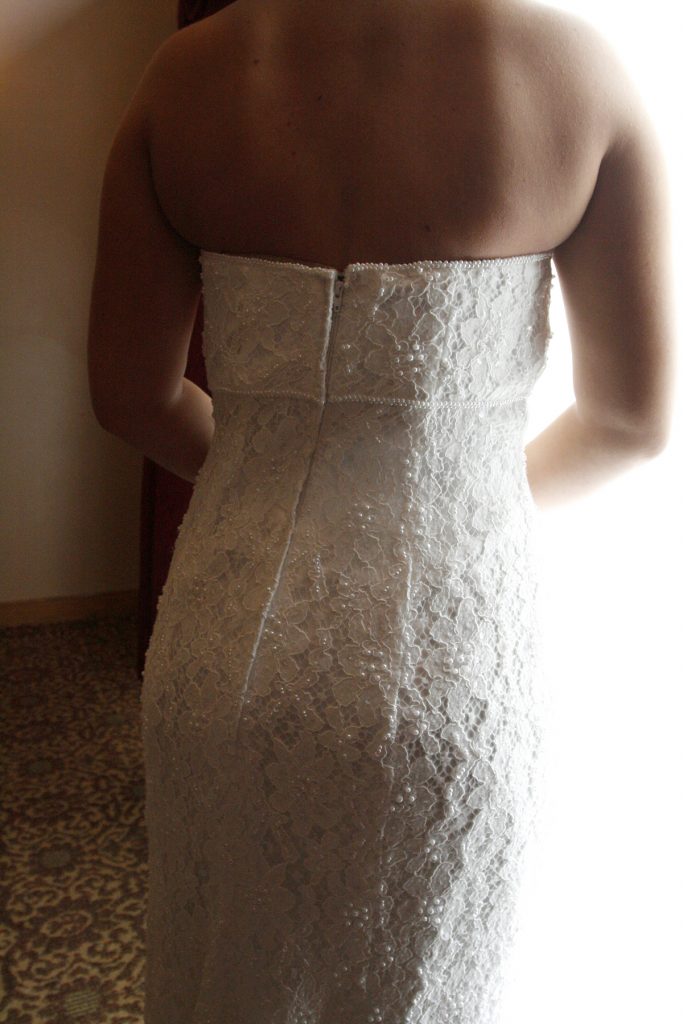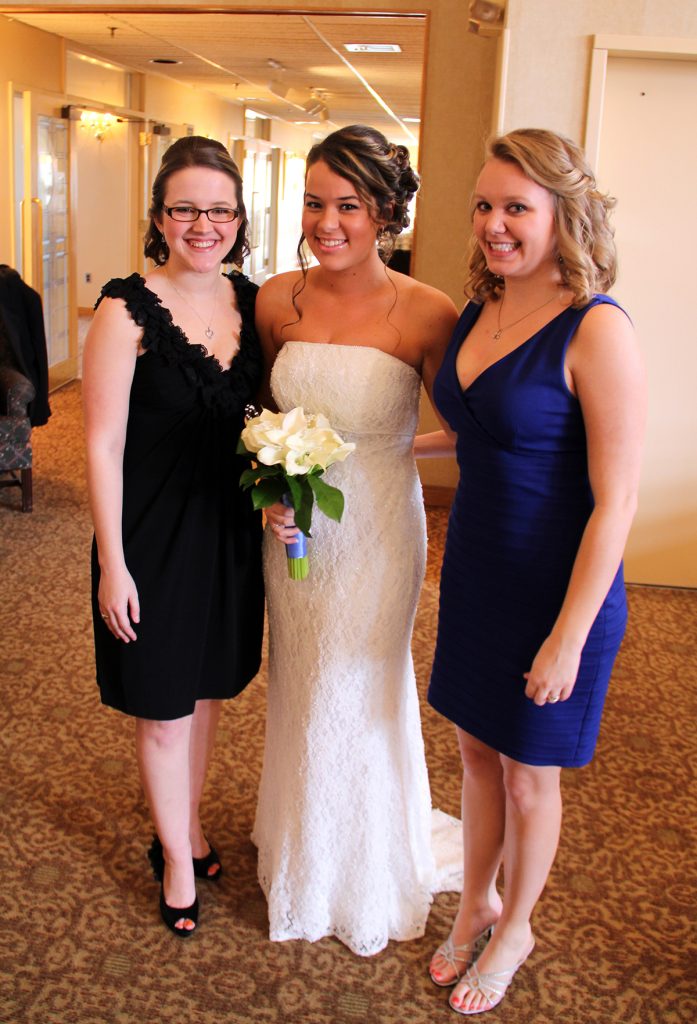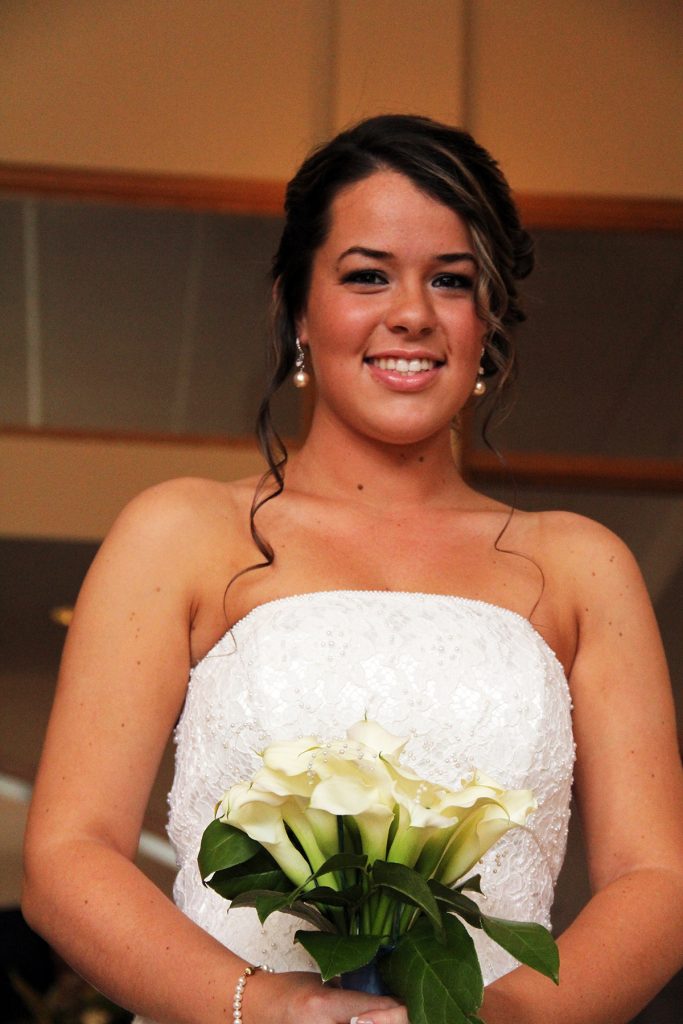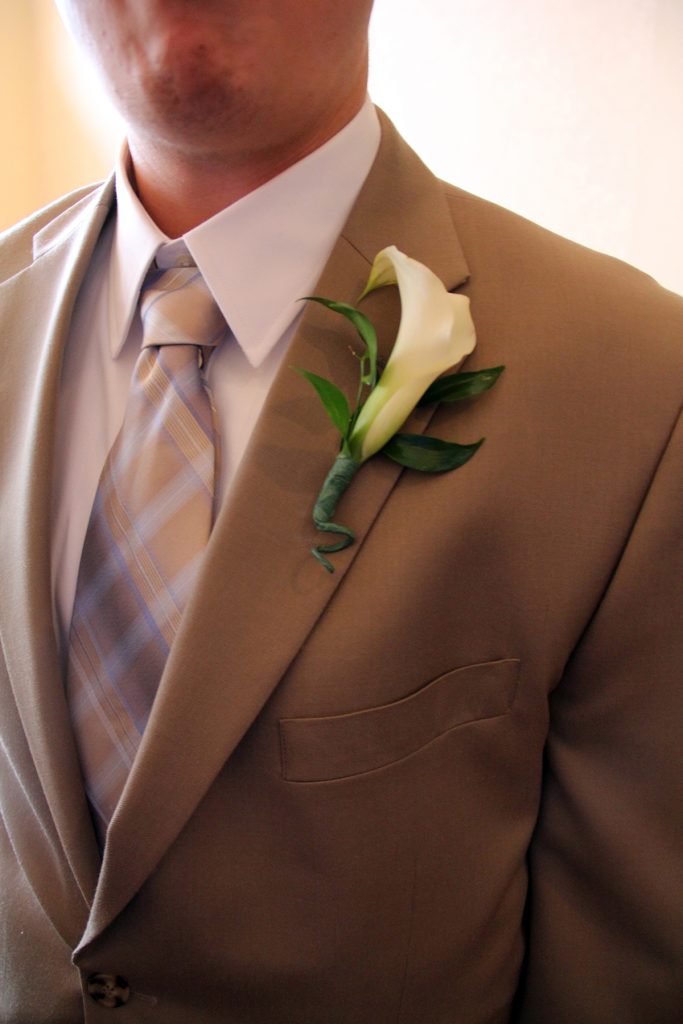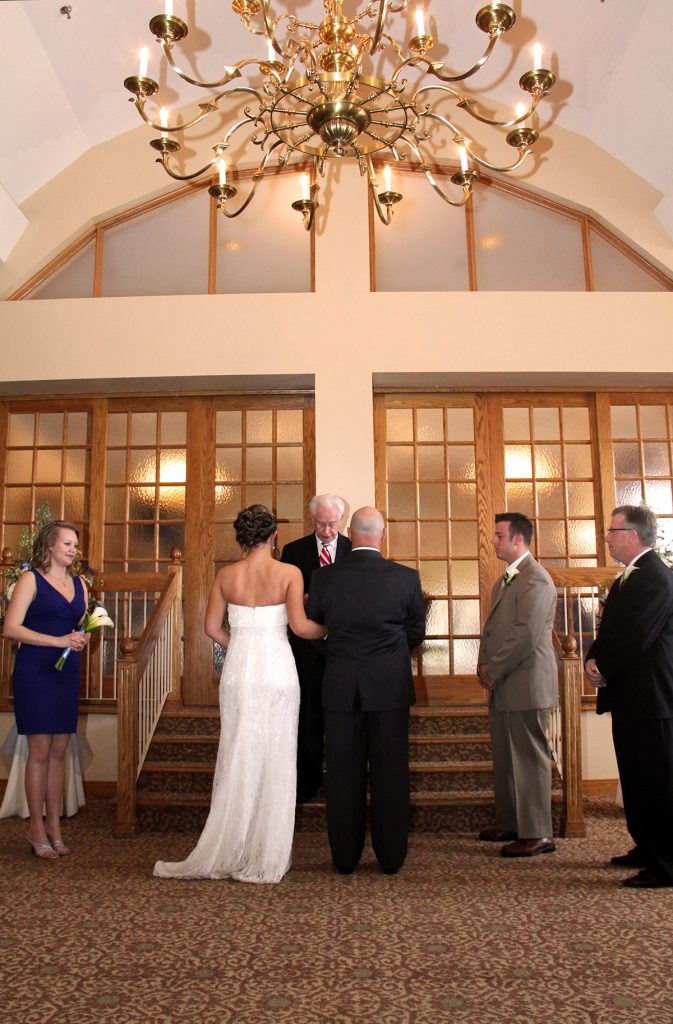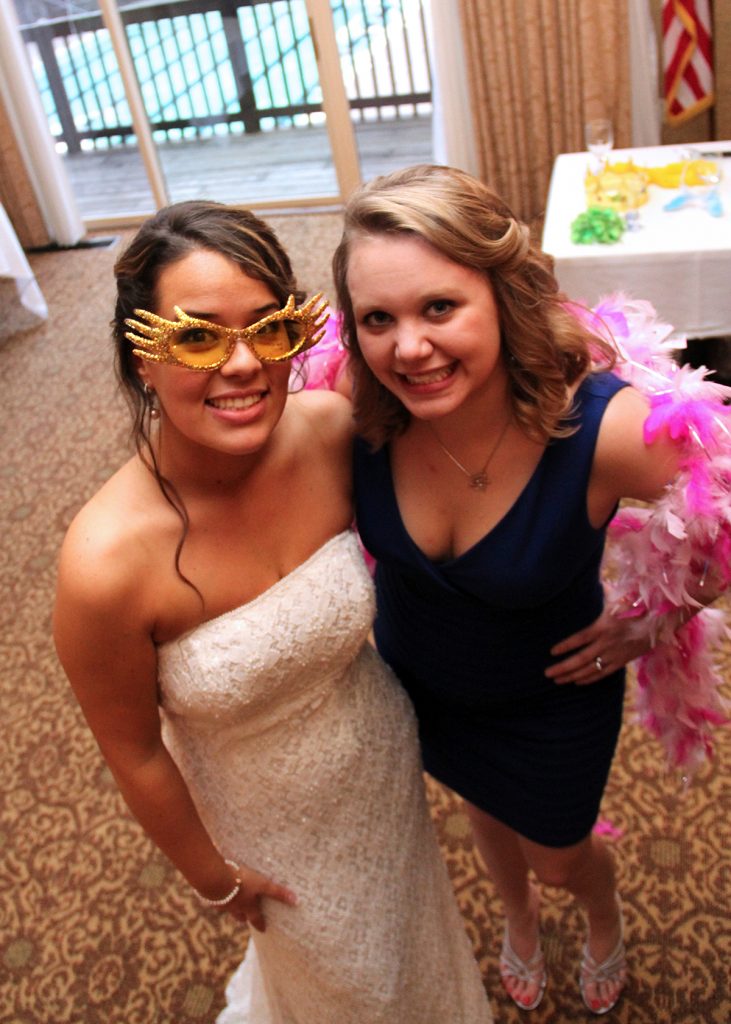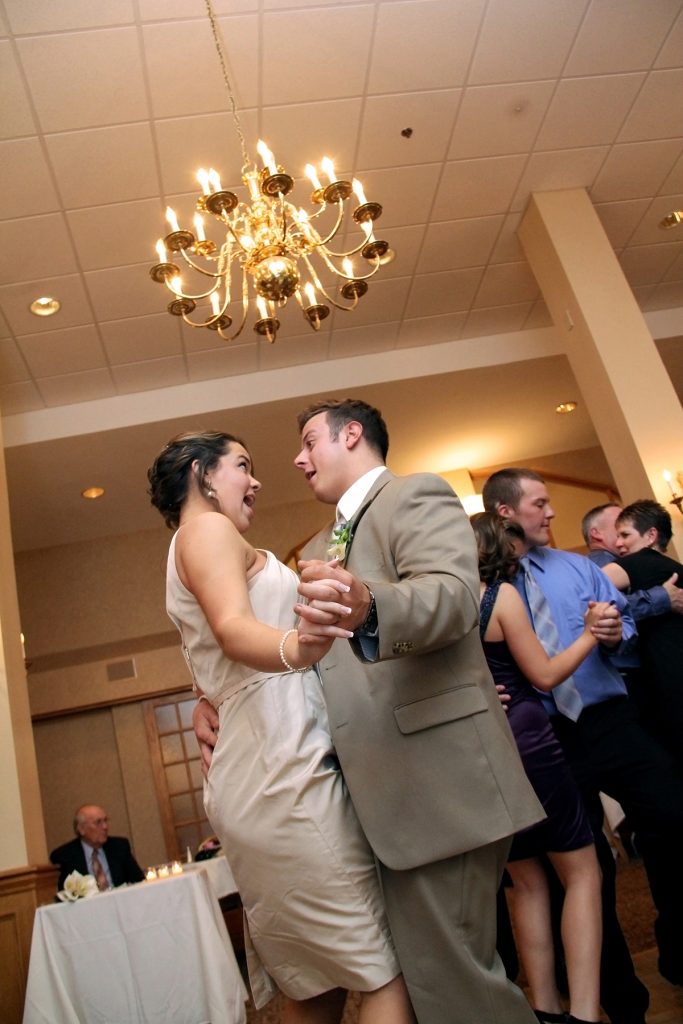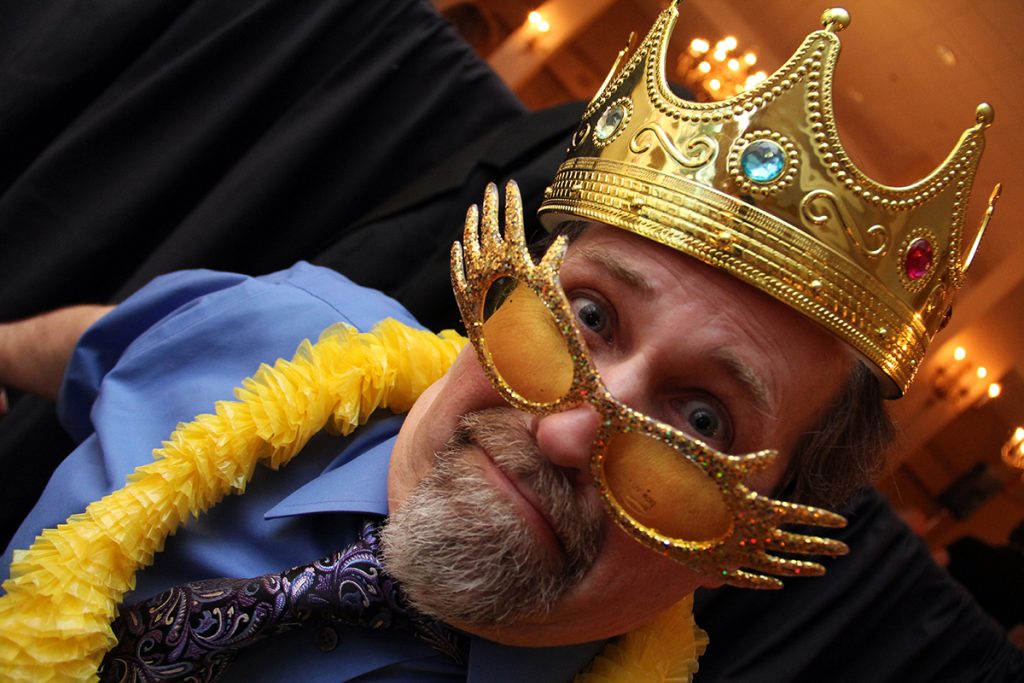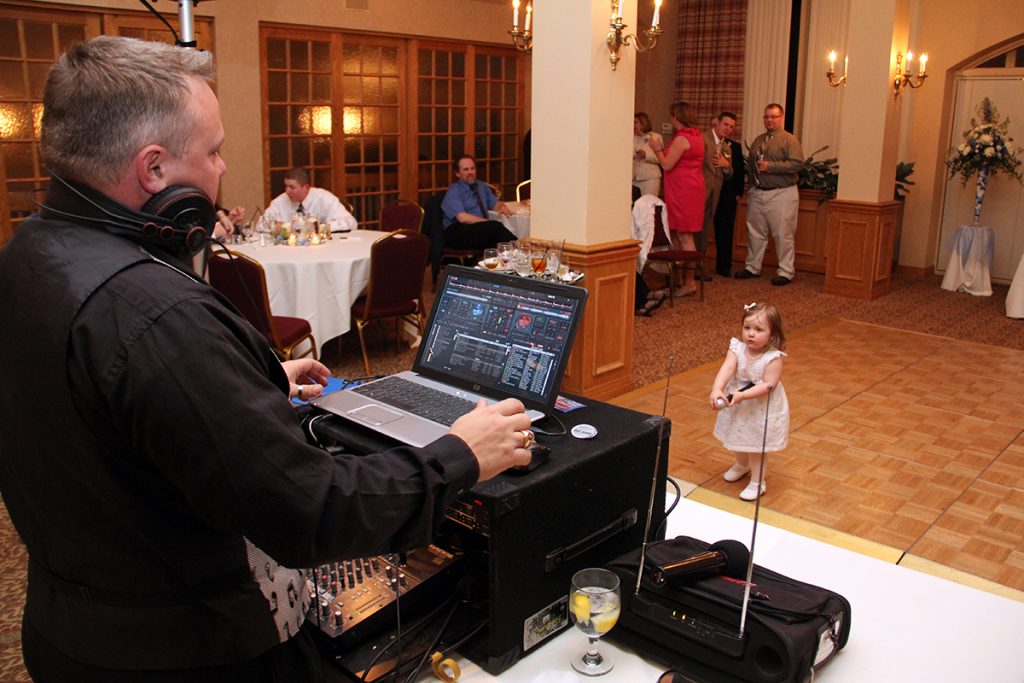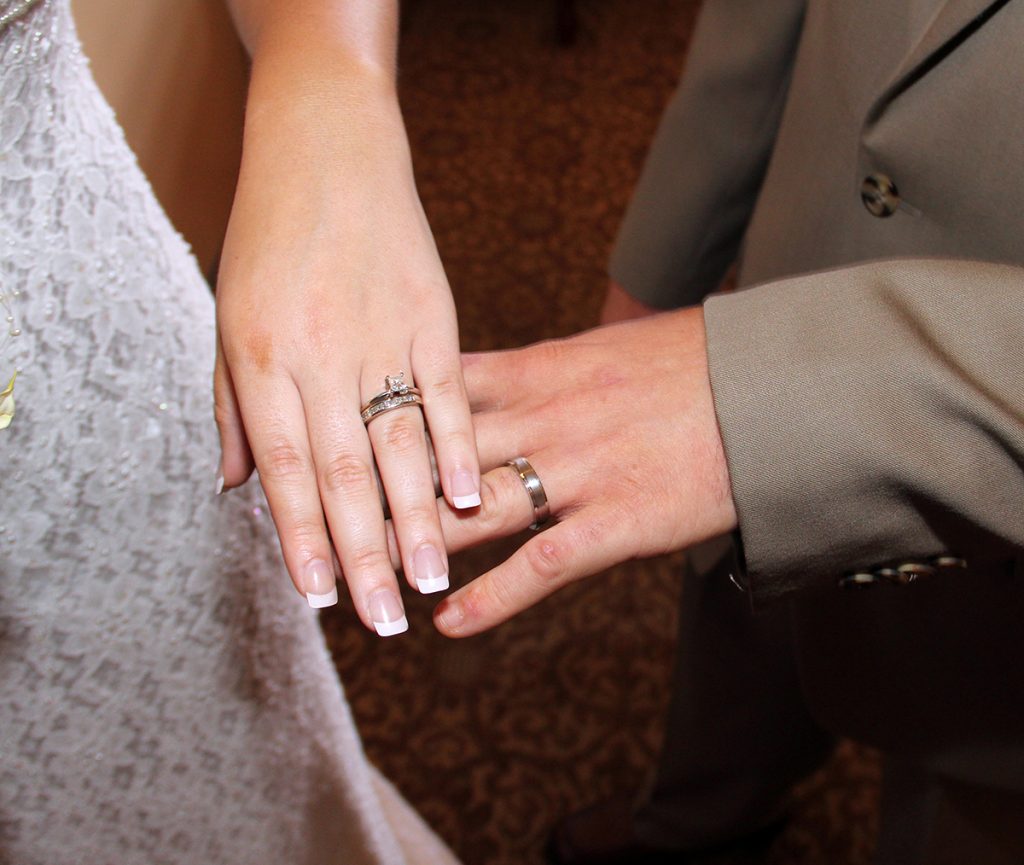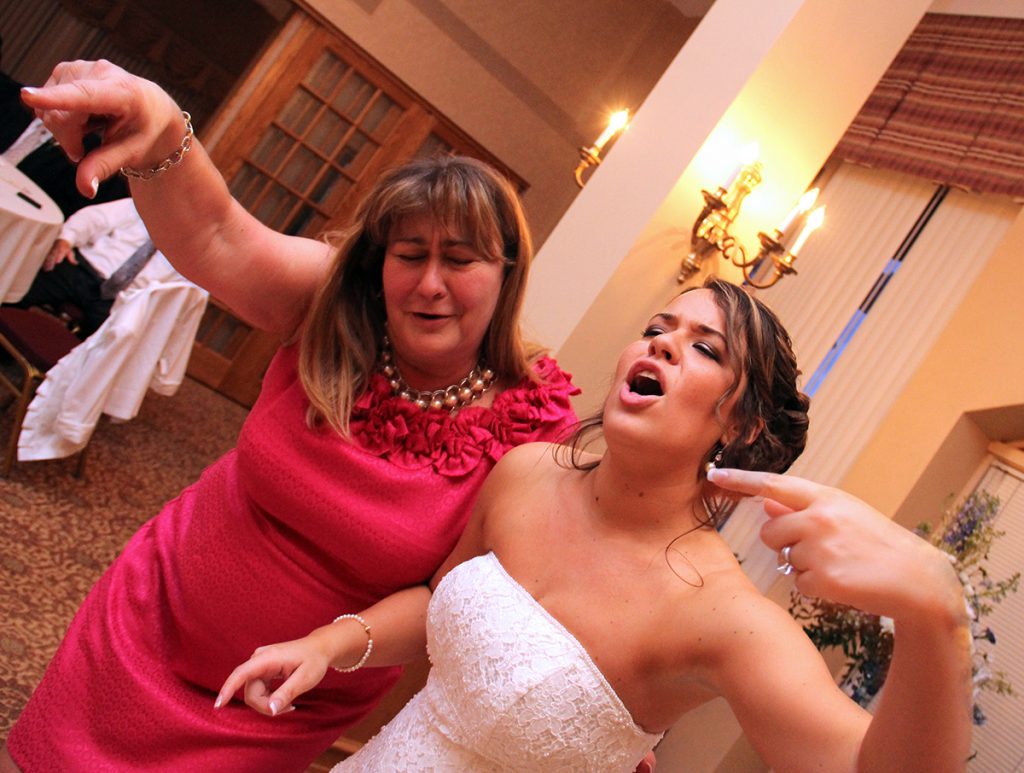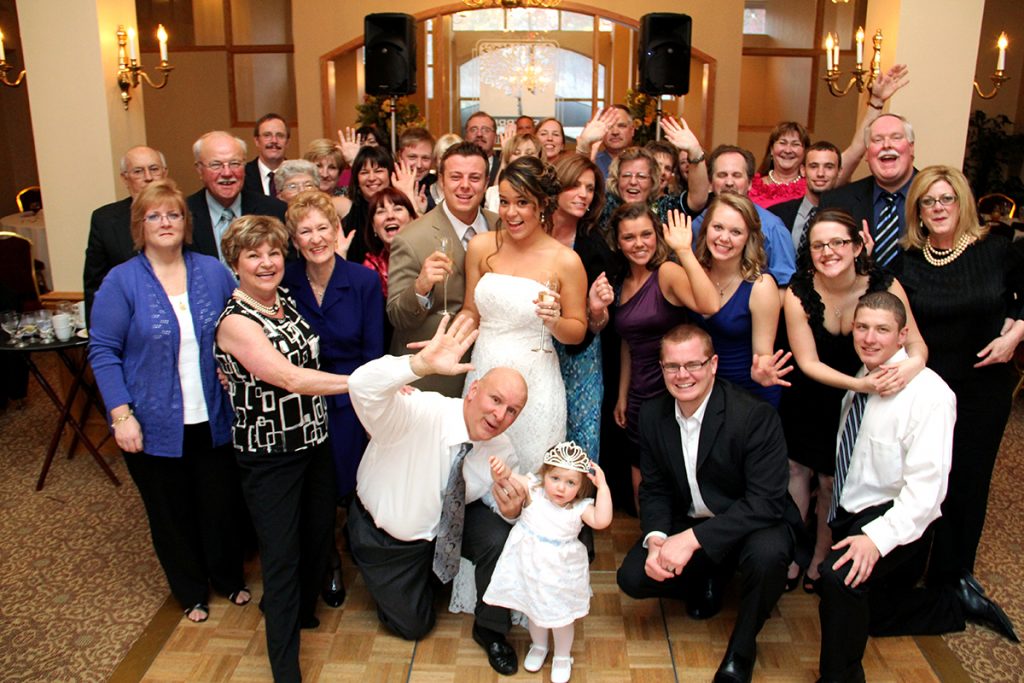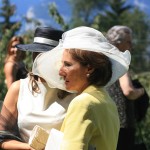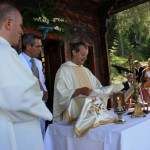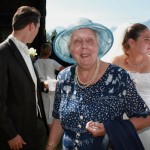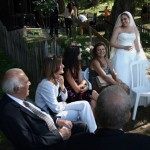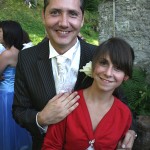Author Archives: Eric Hause
Happy Valentine’s Day!
And a joyous one it is in Virginia. Yesterday, a Federal judge here in Norfolk ruled that Virginia’s 2006 ban on gay marriage in the Commonwealth is unconstitutional. It’s the latest in a house of cards of similar rulings across the country. The national news is treating it as an every day event. And that’s OK. These rulings *are* becoming commonplace events. That’s a good thing.
But today, all the Virginia gays is losing they minds! No one I know (myself included) could have conceived as recently as a year ago that the capital of the Old Confederacy and a Southern bastion of prejudice and racism would ever come to this point. But here we are, and although the legal battle ahead is long, I know that ultimately Andrew and I will be able to get married in our adopted home state.
After all, we have two righteous principals on our side.
Remember Justice? She’s been around since our country’s founders (most of them from right here in the Old Dominion) created the world’s first pure democracy 250 years ago. As a student of American history and politics, I have always been incredulous that a group of thirteen totally dissimilar colonies and people could somehow pull together, throw off the yoke of an oppressive totalitarian government, and create a union based on equality for all.
When those intrepid souls created this new form of government, they knew that it would be an experiment with many challenges they couldn’t foresee. Right out of the gate, they couldn’t resolve the issue of slavery even though most agreed it was moral sin. They didn’t come close to addressing women’s rights in the new world order. And they certainly couldn’t foresee that a person’s sexuality would ever be an issue the government would need to address.
That’s why they framed the Constitution in fairly general terms with room to grow but governed by one overriding theme: individual rights would never be abridged by crown or church. The checks implemented by the legislative, executive, and judicial branches were designed to perpetually guarantee those rights.
So Justice has stood by during most of the past 250 years, allowing us mortals to work out our differences. And when we couldn’t agree on the definition of “individual rights,” she stepped in. After we murdered ourselves over slavery, she stopped the madness with passage of the 14th Amendment. That addition was a game changer and has become the legal precedent for all individual rights cases since. After women decided they had had enough, Justice stepped in, waving the 14th amendment, and they won their right to vote. When the future Mr. and Mrs. Loving, an interracial couple from (you guessed it) Virginia wanted to get married despite a state law banning it, the 14th was cited, and they won. And yesterday, after enough oppression by the religious right, Justice waved her 14th Amendment again and said, “Go away, you have no power here.”
Justice is indeed blind. But you don’t want to piss her off.
Justice didn’t do it alone. She joined hands with her same-sex partner, Love, who, as we well know, conquers all. Jesus, Mohammed, Buddha, and every spiritual leader throughout history has labored to convince us of that concept. Why don’t we listen? Why do we continue to argue with Love? How can the closed minds in this world dare to impress their judgments on whether anyone’s love is right or wrong? They can’t. Not for long. And that’s why Justice and Love together are an invincible combination. They will always win.
Yesterday, these two ladies won again, and our magnificent political experiment was made stronger.
Some observations:
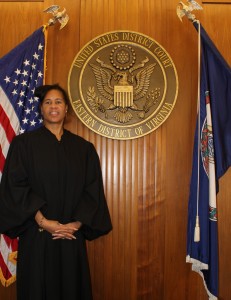 Meet Judge Arenda Wright-Allen, an Obama appointee, a former JAG attorney, and former public defender. Historically, she has been involved in criminal cases, and as far as I can see, this is her first social case. She also appears to be a fierce African-American woman on our side from day one. I can’t help but think that she intentionally waited until Valentine’s Eve to issue her decision. Talk about maximum impact on our community and the country. Plus, I think she knew that we would party our asses off because the next day was Friday. Well played, Your Honor.
Meet Judge Arenda Wright-Allen, an Obama appointee, a former JAG attorney, and former public defender. Historically, she has been involved in criminal cases, and as far as I can see, this is her first social case. She also appears to be a fierce African-American woman on our side from day one. I can’t help but think that she intentionally waited until Valentine’s Eve to issue her decision. Talk about maximum impact on our community and the country. Plus, I think she knew that we would party our asses off because the next day was Friday. Well played, Your Honor.
- Best line from her decision: “Tradition is revered in the Commonwealth, and often rightly so. However, tradition alone cannot justify denying same-sex couples the right to marry any more than it could justify Virginia’s ban on interracial marriage.”
- Does anyone else wonder where Pat Robertson is right now? I thought for sure he’d be the first of the right wing zealots to hit the media circuit. Maybe he’s alone in his bathroom, crying and praying the gay away.
- Read this article on how this whole issue may play out nationwide in the coming months.
- Stay tuned for photos from our big gay party in downtown Norfolk tonight! It’s going to be off the hook because a) well, the decision, duh, b) it’s Valentine’s Day, and c) there’s a full moon. It doesn’t get any better than that.
Sunsrise on the Crystal Coast
One of the greatest perks of my self-designed career is that I get to go to a beach nearly every day. One of my favorites is North Carolina’s Crystal Coast. I grew up an hour and a half away, and visiting these beaches became a passion for me nearly 50 years ago. Today when I visit, I usually stay on the beach–especially if it’s during the off season when crowds are thin and rates are thinner. And I always have my camera handy in case I stumble upon a magic moment. Like the one below I captured on beautiful late summer morning.
Camera Dump: Hampton Roads

The Wreck of the Home
By Eric Hause | Copyright by the author
It was Alexander Hamilton who coined the nickname that has stayed with the seas off North Carolina for 200 years: Graveyard of the Atlantic. In 1773, a 15 year-old Hamilton was caught off Cape Hatteras in a furious storm which nearly sent his ship to the bottom of the Atlantic.
When the steamship Home left New York Harbor for Charleston 65 years later, none of the 135 passengers and crew had any inkling of Hamilton’s experience–or that they were headed directly into the teeth of a similar storm that would have a much more tragic result. The illustrious passenger list read like a Who’s Who of the day, and the only thing on most of their minds was that they would hopefully be a part of a record-breaking ocean passage between the two cities.
The Home had done it twice before. The sleek steamship was the pride of a growing fleet of steam packets that plied the waters off the East Coast in the days prior to the Civil War. Steam-powered side wheelers were rapidly becoming the most popular form of transportation in the country, and the Home was the creme de la creme of these newfangled vessels.
Originally constructed for river trade, the 220-foot ship was converted to a passenger liner by James Allaire, a wealthy New York businessman. The ship’s interior was paneled in deep mahogany and cherry wood with breathtaking skylights, saloons and luxurious passenger quarters. Allaire spared no expense in making the Home the most plush vessel of its type. But in an oversight that would prove fatal, he equipped the ship with only three lifeboats and two life preservers.
At peak performance, the Home could easily make 16 knots, unheard of in the days of sail. She embarked on her maiden voyage in the spring of 1837. On her second trip that year, she made it from New York to Charleston in a record-breaking 64 hours. The steam packet immediately became the hot ticket for the wealthy and prominent citizens of the day. When a third voyage was announced in October, 1837, the Home’s ticket office was swamped with reservations.
The Home pulled away from the New York docks on October 7 at full capacity, with 90 passengers and 45 crew. Some of the most prominent names of the day were on board: Senator Olive Prince of Georgia; James B. Allaire, nephew of the owner of the Home; and William Tileston, a wealthy Charleston entrepreneur who carried more than $100,000 in notes with him. A majority of the passengers were women and children.
Meanwhile, off the coast of Jamaica, a hurricane was gaining in intensity. Dubbed ”Racer’s Storm,” the cyclone would cross the Yucatan Peninsula, slam into Texas, then curve east over Louisiana, Mississippi, Alabama and Georgia before emerging in the Atlantic off the Carolina coast.
In the annals of hurricane history, Racer’s Storm wasn’t a particularly violent storm. But steamships like the home were not built for ocean travel. The long, sleek packets were originally designed for calm river trade routes and were dependent solely on steam for power. They rode low in the water, and the slightest ocean chop sent water sloshing into the boiler room.
So when the Home encountered the fringes of Racer’s Storm off the Virginia Capes, Captain Carleton White became concerned. A boiler pipe had burst earlier in the day, and the ship was difficult to control under reduced power. As the storm grew in intensity, the steamship drifted ever closer to the northern Outer Banks shoreline, and Captain White had just decided to beach the vessel when word came from below that the pipe was repaired. Captain White ordered full-steam ahead, not knowing that he was taking his ship and passengers directly into the teeth of the storm.
Several hours later, a huge wave broadsided the Home, sweeping everything above deck and sheering off part of the bulkhead, leaving all the cabins on the port side exposed. Water cascaded into the boiler room. Captain White ordered the passengers and crew to form a bucket brigade to prevent the rising waters from extinguishing the boiler fires. Barely under power, the ship limped around Cape Hatteras on the early evening of October 9.
Finally, at 8 PM, the boiler fires went out and the ship was drifting helplessly. Captain White had no alternative but to beach the ship. He raised the small auxiliary sails, tacked to the west, and headed straight for the beach on Ocracoke Island. He had the three lifeboats readied and assembled the 135 passengers and crew.
The situation was desperate. Confusion reigned on the once-proud liner as men, women and children scrambled to carry what they could to the decks. Finally, the breakers along the shore were spotted in the distance.
In his published account of the disaster, Captain White described the grounding: ”I ordered Trost, the man at the wheel, to port his helm; I then said to Trost, ‘Mind yourself, stand clear of that wheel when she strikes, or she will be breaking your bones.’ He answered, ‘Yes sir, I will keep clear.’ The boat immediately struck on the outer bar, slewed her head northward, the square sails caught aback, she heeled offshore, exposing the deck and upper houses to the full force of the sea.”
 It was about 10 PM when the Home grounded about seven miles east of Ocracoke Village. The towering breakers raked the ship in terrifying succession, and within minutes, most of the people gathered on deck had been swept into the raging surf. One of the three lifeboats was smashed when the ship struck, and panic ensued as the passengers made for the remaining two boats. Two able-bodied men commandeered the two life preservers and jumped into the sea. They made it to shore alive.
It was about 10 PM when the Home grounded about seven miles east of Ocracoke Village. The towering breakers raked the ship in terrifying succession, and within minutes, most of the people gathered on deck had been swept into the raging surf. One of the three lifeboats was smashed when the ship struck, and panic ensued as the passengers made for the remaining two boats. Two able-bodied men commandeered the two life preservers and jumped into the sea. They made it to shore alive.
One lifeboat filled with women and children as launched but capsized as it hit the boiling surf. The last boat landed upright but also sank with a few seconds. The sea was filled with screaming women and children. One witness later said he doubted that anyone in those two boats survived.
As midnight approached, the Home began breaking up. Each wave carried away more passengers. Others took their chances. One female passenger lashed herself to a settee and floated to shore, waterlogged but alive. Another woman tied herself to a wooden spar and jumped into the surf. She too made it to shore.
In one ironic instance, two brothers, Philip and Isaac Cohen jumped into the surf. The brothers had been wrecked off the Carolina coast on another ship only a year before. Now they were faced with a much more critical situation. Isaac made it to shore safely, but his brother drowned.
Captain White and seven others had taken refuge of the forecastle deck, and as the ship disintegrated, the forecastle broke free and carried them safely to shore. By 11 PM, all that was left of the Home was its boiler, which rose above the waves like a monument to the 90 people who lost their lives that night.
Dawn broke over a hellish scene. The Ocracoke beaches were littered with debris and bodies. The villagers, accustomed to wrecks on their shores, took in the survivors and buried the dead anywhere they could. The survivors–mostly men–were ferried across the inlet to Portsmouth where they gained berth on outgoing ships. White remained on the island for three days to supervise burials of the victims. He then returned to New York only to face charges of negligence and drunkenness.
For years after the disaster, the Captain answered these charges. He wrote his account of the disaster, but the wreck of the Home was the most deadly sea disaster on American shores at the time, and his reputation was ruined. The long-lasting effects of the disaster were more positive. As soon as the news became widespread, ship owners voluntarily equipped their vessels with adequate numbers of life preservers. The next year, Congress passed The Steamboat Act, which required all passenger ships to carry one life preserver for each person on board.
The Leaps Forward We Take: Out in the Park 2012

Exhibit A: the Second Annual Out in the Park celebration this past weekend at Town Point Park. There was a time not so long ago when the very thought of thousands of gay and lesbian people, friends, and families descending on Town Point Park was, well, a nice fantasy—or perhaps a cringing nightmare, depending on your take. But Hampton Roads Pride has made it happen two years in a row, and our larger community has begun to embrace us.
No wonder. How could anyone resist such a joyful celebration? From Virginia Lyric Opera’s stirring performances to Mermaids in the Basement’s toe tapping rock to Kristine W.’s club-in-the-park rave, the stellar entertainment served as a coda to what Out in the Park is really about: the people.
Gay, straight, white, Hispanic, African American, Asian, male, female, transgender, young and old came together in an inclusive, colorful, and thrilling symphony of life. Here’s a peek at this milestone day from behind the lens of my camera. Feel the love
Andrew
June in the Blue Ridge: Leigh + John

Springtime at Home: Heather + Jordan
Jordan had been serving in the Navy overseas, and had a brief furlough back in Hampton Roads. While he was home, the couple pulled together a ROUSING early spring wedding at the Chesapeake Country Club. You can tell from these photos how much fun this young couple had, and they were great fun to photograph!
High Atop the Swiss Alps: Muriel + Joerge
Andrew’s childhood friend, Joerge, is from Bavaria, and his gorgeous Kate Winselt look-alike fiancé, Muriel, hails from Geneva. So when were invited to their wedding, we knew it was going to include some pretty spectacular Old World touches. Their jaw-dropping ceremony was set on a cliff side in the Swiss Alps overlooking the Matterhorn. Their traditional Catholic Mass was conducted at the foot of a 400 year-old outdoor chapel. Throw in a flawless August day, and magic was inevitable!








